#Kurt Gerron
Text

#movies#polls#the blue angel#the blue angel 1930#the blue angel movie#30s movies#josef von sternberg#emil jannings#marlene dietrich#kurt gerron#requested#have you seen this movie poll
39 notes
·
View notes
Photo

10 notes
·
View notes
Text
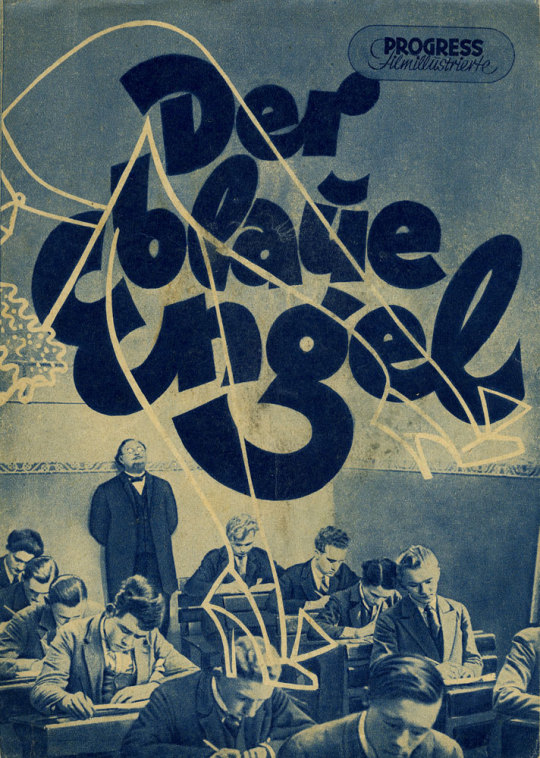
Wir konnten dann sogar einen Geburtstagsfilm für Marlene anbringen, diesmal sogar endlich wieder den unter Bildungbsürgern als bedeutsam geltenden (der Bruder des Autors der Romanvorlage erhielt den Literaturnobelpreis!) und besonders wirkungsmächtigen, der aber wenn man ehrlich ist, so weit von The Devil Is A Woman auch nicht weg ist. Für das Männermordende-Vamp-Fach ist Marlenes hier letzmals verwendete Piepsestimme recht ungewöhnlich.
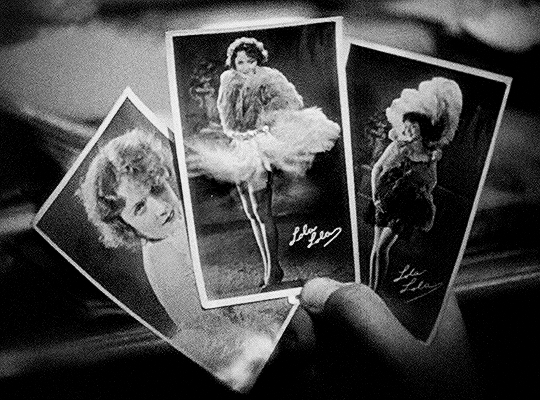
#Der blaue Engel#Emil Jannings#Marlene Dietrich#Rosa Valetti#Kurt Gerron#Hans Albers#Film gesehen#Josef von Sternberg#Friedrich Holländer#Heinrich Mann
0 notes
Text
Crew of the Val Jean











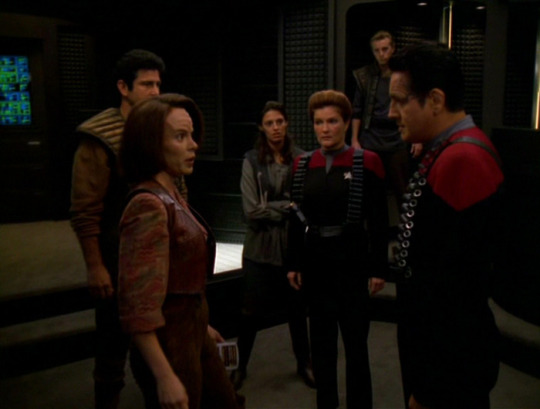






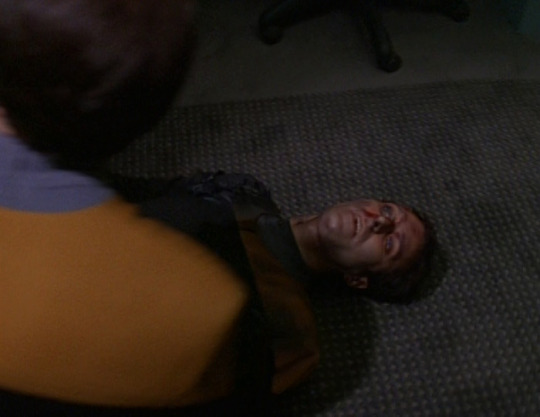
#star trek voyager#trekcore#screencaps#maquis#val jean#chakotay#b'elanna torres#seska#bajoran#michael jonas#hogan#lt. hogan#ayala#kurt bendera#mariah henley#jor#tabor#vulcan#tuvok#chell#kenneth dalby#gerron#bolian#golwat#yosa#lon suder#brad dourif#betazoid
13 notes
·
View notes
Text

Peter Lorre - Der Weisse Damon / Stupéfiants (1932).
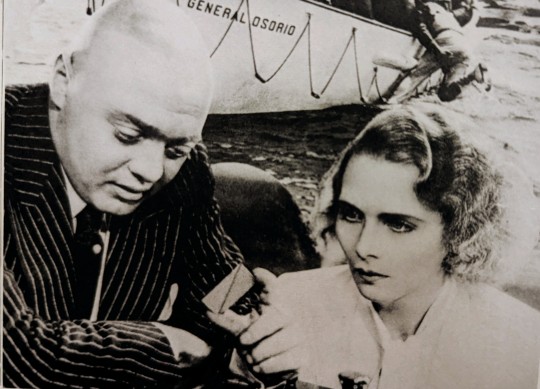
Peter Lorre & Gerda Maurus - Der Weisse Damon. (You'll see Gerda with Peter again in 1933's Unsichtbare Gegner.)
Plot: A drug dealer gets a rising young female singer addicted to drugs. Her brother decides to hunt him down in revenge.
This movie has both German and French versions:
Der Weisse Damon (The White Demon) was directed by Kurt Gerron, starring Hans Albers, Gerda Maurus and Peter Lorre as "the Hunchback."
Stupéfiants (Narcotics) was also directed by Kurt Gerron, and stars Jean Murat, Danièle Parola - and Peter Lorre as "Le bossu."
youtube
The above clip is from Stupéfiants because in terms of crispness of film, the French version is of better quality than the German.
Lorre is speaking French; he is not dubbed in.
See another clip in this post.
#peter lorre#Der Weisse Damon#Stupéfiants#Narcotics#german drama#french films#peter lorre movies#peter lorre bald#peter lorre speaks french#Youtube
21 notes
·
View notes
Photo

Fritz Rasp and Louise Brooks in Diary of a Lost Girl (G.W. Pabst, 1929)
Cast: Louise Brooks, Fritz Rasp, Valeska Gert, Josef Rovensky, Vera Pawlowa, Franziska Kinz, André Roanne, Arnold Korff, Andrews Engelmann, Edith Meinhard, Sybille Schmitz, Kurt Gerron. Screenplay: Rudolf Leonardt, based on a novel by Margarete Böhme. Cinematography: Sepp Allgeier, Fritz Arno Wagner. Art direction: Emil Hasler, Ernö Metzner. Music: Otto Stenzeel.
Diary of a Lost Girl feels like a falling-off from the standard set by Pabst's first film with Louise Brooks, Pandora's Box (1929), in large part because its source, a 1905 novel by Margarete Böhme, was less distinguished than the one for the previous film: Frank Wedekind's two Lulu plays. Difficulties with censors resulted in some major cuts that sometimes leave the narrative hard to follow. Brooks plays Thymian Henning, the daughter of a well-to-do pharmacist (Josef Rovensky). She is raped and impregnated by her father's assistant, Meinert (Fritz Rasp). When she gives birth, her baby is taken away and she is expelled from her father's home, with the connivance of the housekeeper, Meta (Franziska Kinz), who later marries Thymian's father. She escapes from the oppressive reformatory to which she is sent and winds up in a high-class brothel. When her father dies, she expects an inheritance and marries her friend Count Orloff (André Roanne), who has been disinherited by his own father (Arnold Korff). But when she receives the money she discovers that Meta and the two children she had with Thymian's father have been left penniless. Rather than allow her young half-sister to suffer her own fate, Thymian gives her fortune to Meta. Learning of this, Count Orloff leaps to his death from an open window, but his remorseful father takes Thymian in, allowing her not only to prosper but also to take revenge on the reformatory personnel who had mistreated her. The elder Count Orloff then observes, "A little more love and no one would be lost in this world." That a story so improbable and sententious should work at all is a tribute to Pabst's willingness to take it seriously and to marshal a cast that performs it with apparent conviction. Brooks, however, feels miscast, especially after her triumph in Pandora's Box: It's difficult to accept the broad-shouldered, strong-backed Brooks as a 15-year-old, which she is at the film's beginning, and the performance feels one-note after the impressive range she achieved in the previous film. Diary of a Lost Girl was not a critical or commercial success, owing in part to the arrival of sound, which made it feel obsolete, and it didn't receive an American commercial release.
4 notes
·
View notes
Text
Giornata della memoria, al Teatro Piccinni il progetto "Tanto vale divertirsi" e l'edizione speciale de La Palestra

Giornata della memoria, al Teatro Piccinni il progetto "Tanto vale divertirsi" e l'edizione speciale de La Palestra.
Nell'ambito della stagione teatrale del Comune di Bari - assessorato alle Culture in collaborazione con il Teatro Pubblico Pugliese, due sono gli appuntamenti in programma al Teatro comunale Piccinni in vista della Giornata della Memoria: domani, giovedì 18 gennaio, "Tanto vale divertirsi", il progetto in matinèe e serale, fuori abbonamento, di Antonella Carone, Tony Marzolla, Loris Leoci con la drammaturgia di Damiano Nirchio; il 27 gennaio, Giornata della Memoria, in matinée, un'edizione speciale de La Palestra, a cura di Francesco Asselta.
Punto di partenza e fonte d'ispirazione per "Tanto vale divertirsi" è stato il campo di transito di Westerbork in Olanda, dove tra il 1942 e il 1943 si ritrovarono molti nomi di primo piano della scena culturale europea: Camilla Spira, Max Ehrlich, Kurt Gerron (reduce dal grande successo de "L'angelo azzurro"), ma anche il pianista Willy Rosen o il duo swing "Jonny e Jones", per citarne alcuni.
A Westerbork, tappa intermedia verso lo sterminio, c'era anche un teatro dove questi artisti continuarono ad esibirsi per allietare non solo il pubblico degli internati, ma soprattutto i loro carcerieri e aguzzini accomodati nelle prime file. Da questi artisti ci si aspettava che facessero ridere, che sciorinassero tutto il loro miglior repertorio: serviva ai gerarchi che godevano di spettacoli con il meglio che la scena teatrale avesse conosciuto fino ad allora; serviva agli artisti stessi, che così potevano ambire ad una speciale quanto momentanea immunità. In mezzo agli orrori della morte e alla barbarie umana, l'Arte riuscì dunque a farsi spazio per aiutare a sopravvivere, "per collegare il tempo dei morti con quello di chi verrà" o, semplicemente, per avere una chance in più. Un'ultima ancora.
Per il nuovo appuntamento de La Palestra, il Teatro Piccinni si aprirà a un allenamento collettivo per tenere viva la memoria storica della Shoah. L'intervento di artisti, giornalisti, intellettuali sarà l'occasione per ricordare un'importante pagina della storia del mondo, che non riguarda soltanto il popolo ebraico, ma l'intera umanità.
"La Memoria non solo riguarda il passato ma, per dirla con le parole di Calvino, "lo contiene come le linee d'una mano", scritta negli spigoli della storia i cui segmenti sono fatti di graffi, seghettature, intagli, virgole - commenta Ines Pierucci -.
"Oggi è ancora più necessario ricordare la Shoah e valorizzare la Memoria quale atto di pace per sottolineare quanto la violenza sia sempre stata e rimarrà debole. La pace, invece, è radicale, occorre molta più forza per risolvere pacificamente questioni che ancora oggi mettono a rischio il diritto alla vita di milioni di persone".
"Un po' per celia, un po' per non morire!" diceva Ettore Petrolini citando Madama Butterfly. E non è proprio per esorcizzare la morte che l'uomo, o qualcuno più su, ha inventato la risata? E cosa c'è di meglio, allora, che cambiare una brutta tragedia, il famoso Amleto di Shakespeare, in una farsa che possa far morire... dal ridere? Tre strampalati attori comici ci proveranno disperatamente in una misteriosa corsa contro il tempo: vaudeville, teatro comico futurista, kabarett, avanspettacolo, rivista, umorismo yiddish sono mescolati in un gran pentolone con le parole del bardo inglese. Un surreale omaggio alla comicità del '900 e alla sua Storia: un'incessante gioiosa cavalcata tra frizzi, guizzi e lazzi in fuga da una tragedia che intanto rincorre, s'avvicina, non s'arrende e soprattutto non si rassegna alla sconfitta. Vuole riprendersi ciò che è suo. Sorge il dubbio che ci sia poco ormai da ridere. Eppure... "Non abbiamo più molto da perdere, mi sembra. Tanto vale... Divertirsi. No?"....
#notizie #news #breakingnews #cronaca #politica #eventi #sport #moda
Read the full article
0 notes
Text
So I just got my hands on the 1938 German dub of Snow White and started thinking about the cast. A lot of information about them has been lost, since a lot of the cast was Jewish. So, here's a small list of them (again, a lot of information was lost so I can't cover all of them) and what happened to them.
(Tw! a lot of anti-semetism, genocide, Hitler, and Nazi stuff under the cut)
Snow White - Hortense Raky (1918 - 2006) She was a German born Austrian actress, and was 19 at the time of recording. She fled to Switzerland after the annexation of Austria, but got to return to Vienna after the war. She died at the age of 90 on September 25, 2006.

The Queen/Witch - Dora Gerson (1899 - 1943) She was a Jewish singer and actress of the silent film era. She was 39 at the time of the recording. She began her career as a touring singer and actress, during which she met her first husband, Veit Harlan. They divorced in 1924. Later, Veit would direct anti-semetic propoganda films under supposed coercion. She remarried to Max Sluzier, and had two children with him, Miriam Sluzier, and Abel Juda Sluzier. After the Nazi party came in to power, she was blacklisted on working on "Aryan films". So, she started working for a small Jewish record company. She also began recording in Yiddish. She went to the Netherlands to escape Nazi persecution. After the Netherlands was invaded, Dora and her family were caught fleeing to Switzerland. They were sent by railroad car to Drancy internment camp bound for Auschwitz were they died. Dora, her husband and her children died on February 14, 1943.She was 43, Maz was 36, Miriam was 5, and Abel was 2. Her body was lost or destroyed.
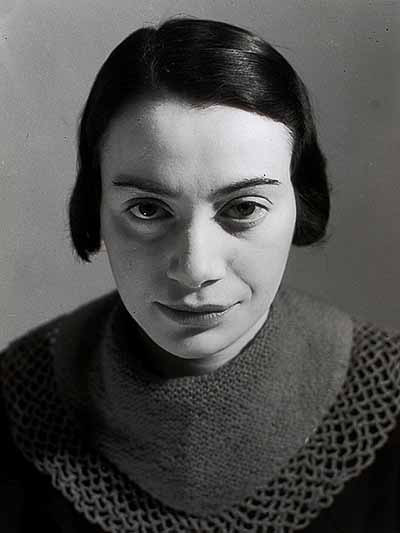
Sleepy, Bashful and the Magic Mirror - Kurt Gerron (1897 - 1944). He was a Jewish actor and Director, and was 41 at the time of filming. He studied medicine before he was deployed in World War 1, and after being seriously injured, he was qualified to be a Military doctor despite having been only in his second year of university. After world war 1, he became an actor and a director in 1920. After the Nazi government came into power, he fled with his wife and parents, first to Paris and then to Amsterdam. He continued to work as an actor there, and despite being offered many jobs in Hollywood, he refused to leave Europe. After the occupation of the Netherlands, they were captured and sent to a transit camp at Westerbork. His parents were deported and murdered in Sobibor. Kurt and his wife, Olga were sent to Theresienstadt concentration camp, where they were forced to make a lot of propoganda films. Once filming was done, the film crew were sent to Aushchwitz, were they were murdered immediately on arrival. They died on the 28th of October, 1944. Kurt was 47, and Olga was 48.

Doc and Chef - Otto Wallburg ( 1889 - 1944) He was a prolific actor of the late silent film, and early sound era. He was 48 at the time of recording. He was the son of a Jewish banker. He started stage acting before being deployed into world war 1. He was wounded whilst on the Eastern front after winning an iron cross. After 1926, he started working in the German film industry. He fled to Austria where he kept working in film. He was arrested on 1940, following German invasion. He was held for a while at Westerbrok transit camp befor being taken to Auschwitz where he died at the age of 55. He died on the 29th of October.

Sneezy and Grumpy - Kurt Lilien (1888 - 1943) He was a Jewish actor. He was 56 at the time of recording. He appeared in 50 films between 1919 and 1933. He was arrested and sent to Sobibor extermination camp where he was murdered on May 28 of 1943 at the age of 60.
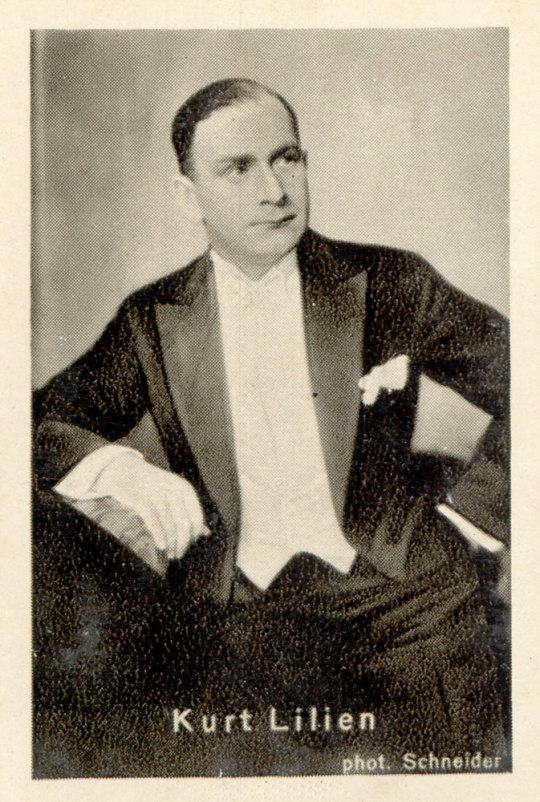
Happy - Siegfried Arno (1895 - 1975) He was best known as Toto in The Palm Beach Story. He was also a well known stage comedian. He fled Germany and later Europe, and went to work in Hollywood, making him the only Jewish cast member that made it out of Nazi Germany alive. During the next 20 years, he appeared in films often as a waiter, and a "funny European". He was nominated for a Tony award as Best actor for his work on the play "Time remembered" in 1958. In 1966, he won an honorary award at the German Film Awards "for his continued outstanding individual contributions to the German film over the years." He died from Parkinson's disease in California on August 17, 1975, at the age of 79.
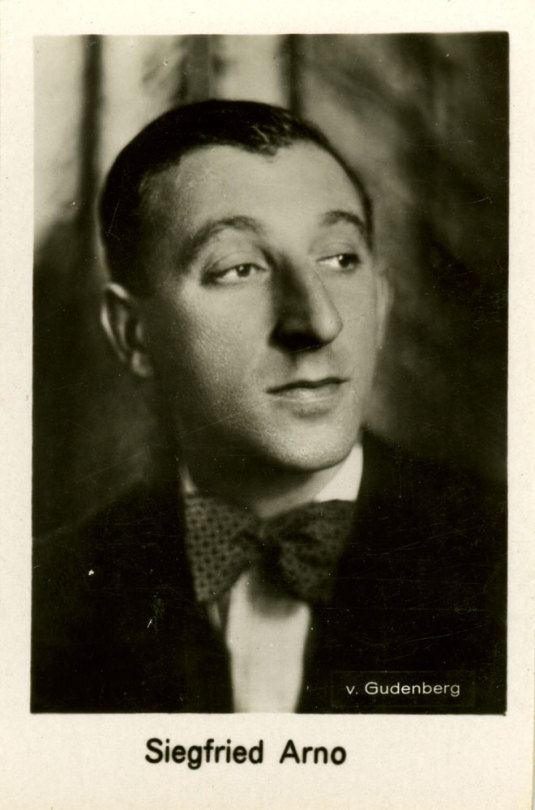
It's sad to think and know about the horrible things that happened to them and the people of that time (and today), but sometimes that's the point. It's to be sad and uncomfortable about the things that happened, and see how those things persist in different ways even today.
#antisemitism tw#tw antisemitism#death tw#murder tw#child death tw#genocide tw#world war ii#snow white and the 7 dwarfs#disney#i cried a lot while writing this#my shirt is now soaked because i have no tissues#i'll cheer myself up somehow now
1 note
·
View note
Photo




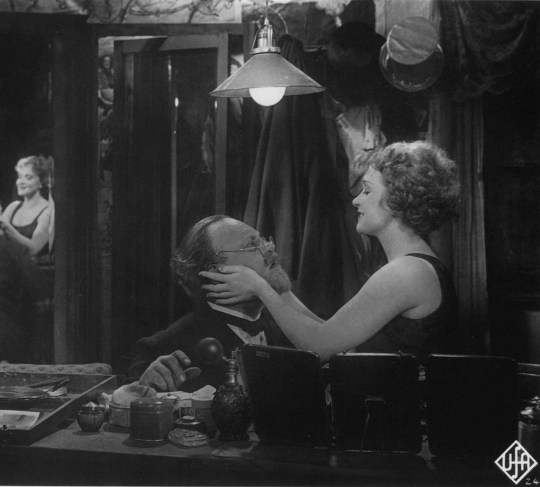


The Blue Angel (Der blaue Engel) (1930) Josef von Sternberg
September 5th 2021
#the blue angel#der blaue engel#1930#josef von sternberg#emil jannings#marlene dietrich#kurt gerron#rosa valetti#reinhold bernt#hans albers#rolf muller#carl balhaus#ilse furstenberg#professor unrat
27 notes
·
View notes
Text
#the blue angel#film#review#criterion channel#josef von sternberg#emil jannings#marlene dietrich#kurt gerron
1 note
·
View note
Photo










Chub actors who got caught up in Nazi Germany
Kurt Gerron
He worked on stage and in silent films in Germany starting in 1920. He did well and transitioned easily to talkies. He also started directed films in 1930. His biggest picture as an actor was The Blue Angel in 1930 with Emil Jannings and Marlene Dietrich. (worth watching even with the subtitles). After the Nazis seized power in 1933, Gerron, being Jewish, fled to France, then to the Netherlands. He was offered employment in the US, but wouldn’t leave Europe.
After the Nazi forces occupied the Netherlands in 1943, Gerron was sent to a concentration camp and forced by the SS to stage a cabaret review with others in the camp. In 1944, Gerron was coerced into directing a “staged documentary” Nazi propaganda film intended to be viewed in "neutral" nations, showing how "humane" conditions were at the Theresienstadt concentration camp. Once the film, "The Fuhrer Donates a City to the Jews" was finished, Gerron and members of the Jazz pianist Martin Roman's Ghetto Swingers were deported on the camp's final train transport to Auschwitz. Gerron and his wife were gassed immediately upon arrival. The next day, the gas chambers were closed.
7 notes
·
View notes
Text



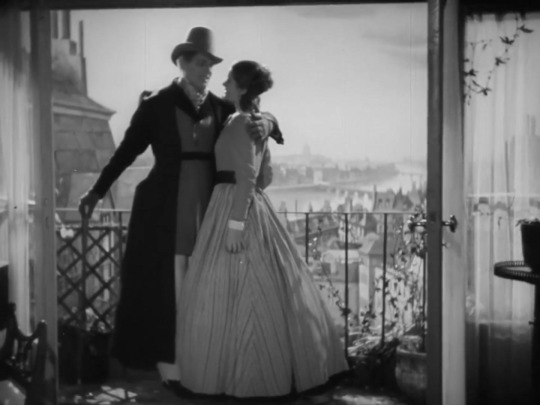


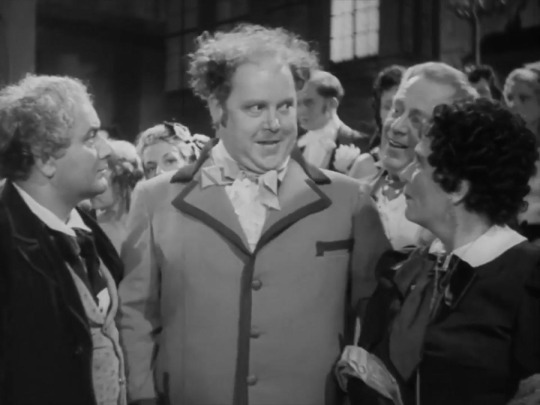


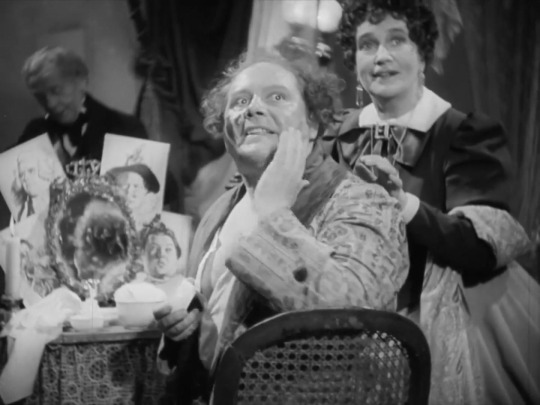

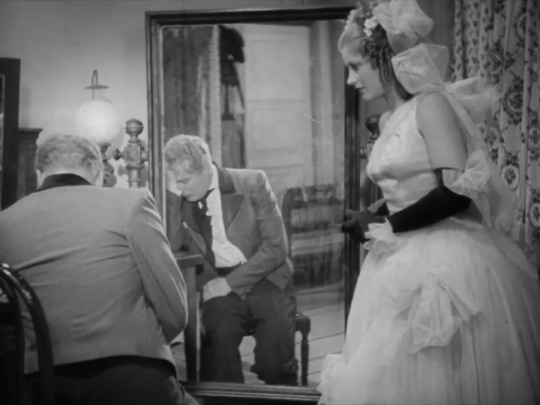


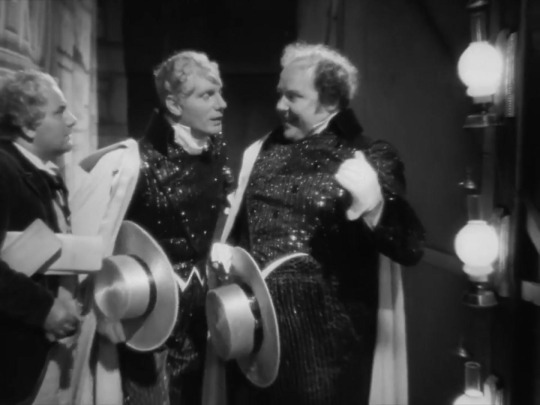
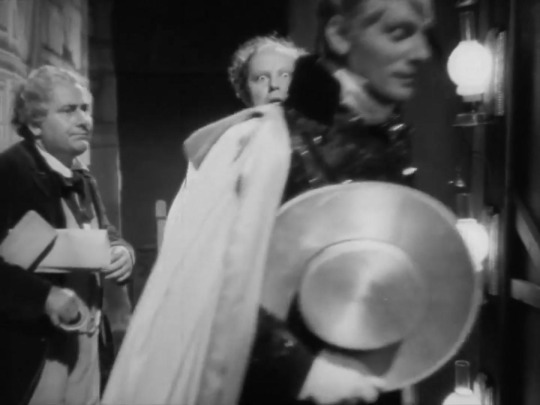

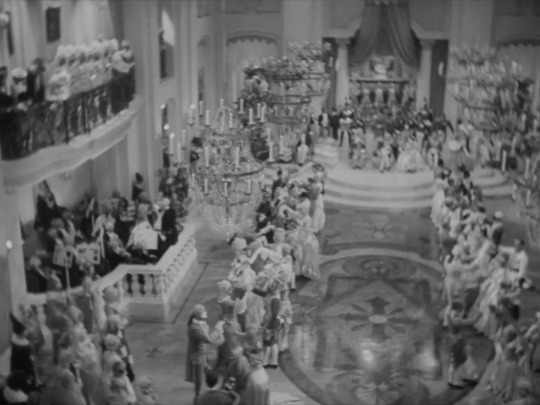







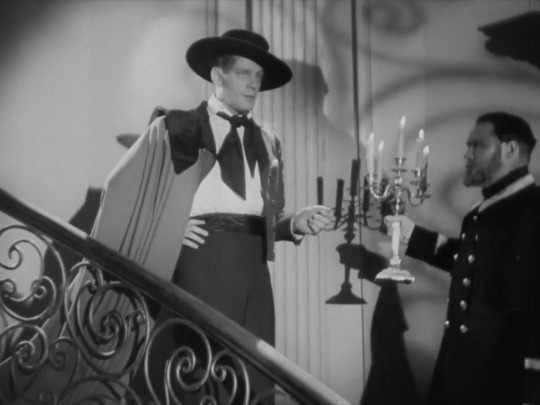
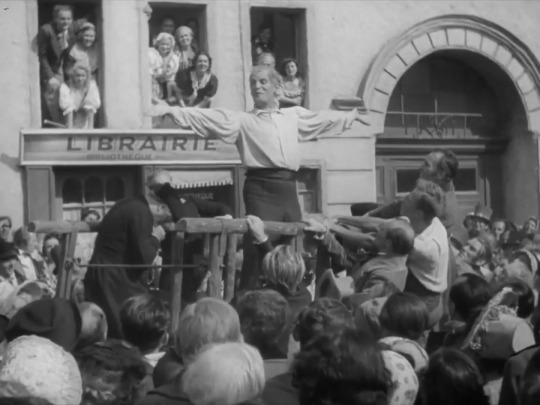

#tanz auf dem vulkan#hans steinhoff#1938#sybille schmitz#gisela uhlen#gustaf gründgens#theo lingen#ralph arthur roberts#obst & gemüse oder der kunde ist könig#material#flyweight#markus dietrich#tp2#tradewind pictures#zlb#kinski geisel#family entertainment#goya#sophie scholl#kurt gerron
2 notes
·
View notes
Photo

Das Tagebuch, das die zukünftige Verlorene Louise Brooks zu ihrer Konfirmation bekommt, verwendet sie letzlich eigentlich nur dazu, Seiten herauszureißen und darauf Hilfsbotschaften zu verschicken. Im Gegensatz zu ihrer Rolle als Lulu wo sie sich zumindest kurzzeitig aus den Rändern der Gesellschaft in die feine bewegt, ist es hier eher umgekehrt, aus dem gutbürgerlichen Apothekermilieu (aber hinter der gediegenen Fassade lauern -Sie ahnen es!- Abgründe) landet die unschuldige Tochter des Hauses, Thymian erst in den Armen des lüsternen Apothekergehilfen, darob in einer zweifelhaften Erziehungseinrichtung und schließlich unentrinnbar in der Gosse. In der Gosse ist es dann aber ganz nett, verglichen mit der Erziehungsanstalt, und auch anderen gängigen Gossen. Die Geschichte ist nicht ganz so aufregend wie die andere, aber es ist immerhin wieder alles schön voller herrlicher, bizarrer Pabst-Gestalten.
#Tagebuch einer Verlorenen#Louise Brooks#Kurt Gerron#Fritz Rasp#Valeska Gert#Andrews Engelmann#Josef Rovenský#Arnold Korff#Film gesehen#G. W. Pabst
0 notes
Video
youtube
2 notes
·
View notes
Text
The "Happy End" Round-Up (so far)
Peter Lorre in Bertolt Brecht’s musical comedy, “Happy End,” Berlin, 1929.
Peter played Dr. Nakamura (the Governor), a sinister Oriental thug with karate chops and gun play. Peter also had a song: "Song of the Big Shot" ("If you want to be a big shot / Start by learning to be tough").

Rehearsal shot! From left: Erich Engel, Peter Lorre, Helene Weigel, Kurt Gerron (with cigarette), Carola Neher, and Oskar Homolka.

Peter with Helene Weigel as The Fly:

Trivia:
Happy End opened the same day and hour as Dantons Tod, a four-hour production which Peter Lorre was also in.
"According to Lorre, Brecht enabled him to overlap appearances as Dr. Nakamura in Happy End and Saint-Just in Dantons Tod by killing off the Governor in the first act. A waiting taxi, in which Lorre hastily changed from gangster garb to general’s uniform, sped him from the Schiffbauerdamm Theater to the Volksbühne am Bülowplatz. When Brecht learned that Lorre had time to return before the end of act 3, he resurrected the seemingly slain Nakamura:
'You thought I was shot? No, I’m just a little bit injured.'
Source
#peter lorre#happy end#bertolt brecht#peter lorre stage#peter lorre theatre#peter lorre play#1920s german theatre
12 notes
·
View notes
Photo

Marlene Dietrich and Emil Jannings in The Blue Angel (Josef von Sternberg, 1930)
Cast: Emil Jannings, Marlene Dietrich, Kurt Gerron, Rosa Valetti, Hans Albers, Reinhold Bernt, Eduard von Winterstein, Hans Roth, Rolf Müller, Roland Varno, Carl Balhaus, Robert Klein-Lörk, Károly Huszár, Ilse Fürstenberg. Screenplay: Carl Zuckmayer, Karl Vollmöller, Robert Liebmann, based on a novel by Heinrich Mann. Cinematography: Günther Rittau. Art direction: Otto Hunte. Film editing: Sam Winston. Music: Friedrich Hollaender
Josef von Sternberg's The Blue Angel still has some of the earmarks of a film made during the transition from silence to synchronized sound, namely the tendency to hold a shot a beat or two longer than is actually necessary, so the narrative doesn't always move along at the speed we anticipate. But Sternberg is clearly ready for sound, as the final scene shows. The camera tracks back from the dead professor, clutching his old desk so tightly that the caretaker who found his body has been unable to loosen his grip. Meanwhile, we hear the clock striking midnight, with the twelfth stroke barely audible as the screen fades to black. It's a touching moment, made possible by the several shots and sounds of the clock that occur through the film as a kind of indicator of Rath's decline from precise and punctual to dissipated and tardy. Otherwise the sound on the film is sometimes a little harsh to the ear, which makes Sternberg's relatively sparing use of it welcome. Many scenes are staged in near-silence, letting the action rather than the dialogue carry the story. Marlene Dietrich's baritone recorded well, which is one reason her career took off when sound was introduced, but early in the film she's allowed to sing in an upper key which is more than a little off-putting. Fortunately, by the time we get to Lola Lola's big number, Friedrich Hollaender's "Ich bin von Kopf zu Fuß auf Liebe eingestellt" (the subtitles use the English language version, "Falling in Love Again" instead of a literal translation), Dietrich is back in the correct register. The Blue Angel thrives on Dietrich's performance, which eclipses Emil Jannings's overacting, though he does provide some genuine pathos toward the end of the film. I don't quite believe the ease with which the professor falls from grace, but I'm not sure whether the fault lies entirely with Jannings or with the screenplay.
0 notes